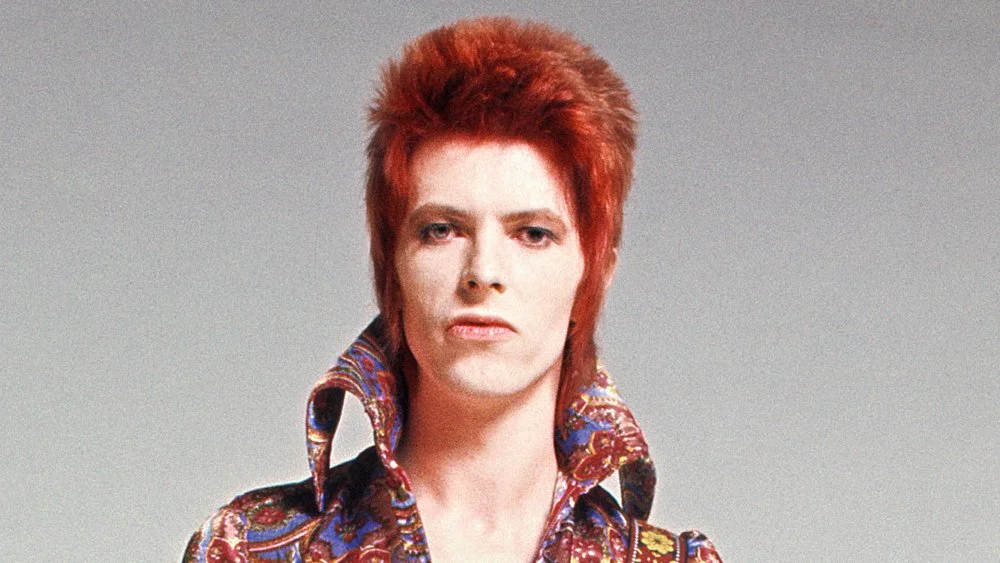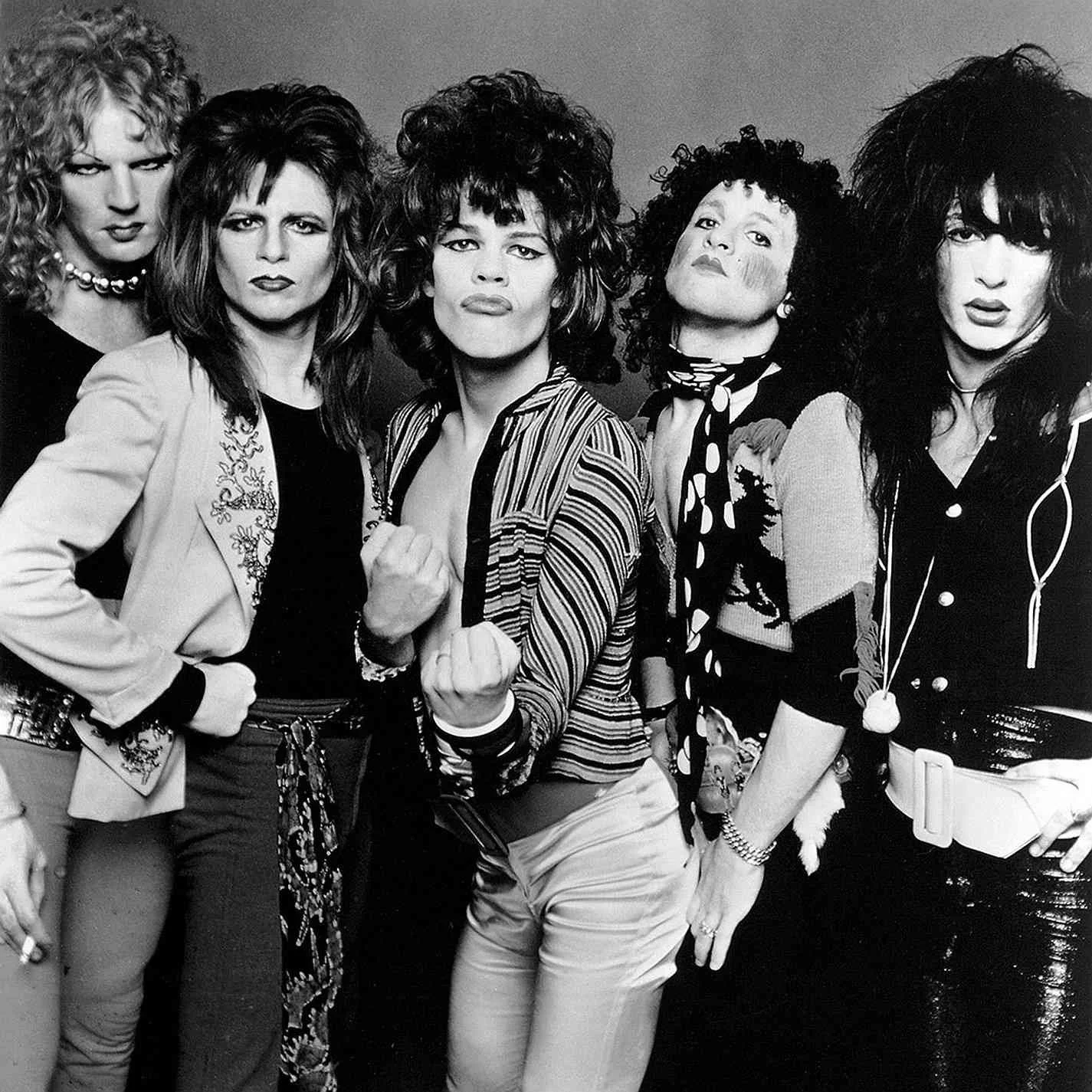The Rebellious Language of Glam Rock
August 30 | Written By Priya Bagga
During the 70s, the language (musical genre and culture) of Glam Rock was a liberating force that challenged prevailing attitudes towards gender and sexuality. This included their theatricality (challenging gender norms,) experimental musical composition (challenging binding notions of sexuality,) and androgyny (subverting gender and sexuality). These rebellious characteristics of Glam Rock were interrelated and worked together to challenge the dominating heteronormative, oppressive, and conservative attitudes of the Seventies. Notable artists of this movement include David Bowie’s Ziggy Stardust, Steve Harley and Cockney Rebel and Roxy Music.
The language of this cultural phenomenon was highly influential on the contemporary generational youth, which reflects the changing social and cultural values (including music, fashion, and popular culture) of the 70s. This following was so rebellious in reaction to the war-ridden nature of this period; the fight for second-wave feminism, aggressive foreign policies of the Cold War and the Civil Rights movement created significant societal contention and division. Glam Rock, however, sought a liberal stance against this war-inducing control and domination of conservative politics.
Glam Rock defied societal norms surrounding gender and sexuality by challenging gender roles through their extravagant and dramatic performances. During the Seventies, despite the second-wave feminist movement, conforming to gender roles was widely enforced. The masculine expectations of men to be strong and dominant, and feminine expectations of women to be submissive and gentle were undermined by Glam Rock. The ‘glam [of their stage presence] - whether consciously or not – would challenge the heteronormative and in so doing embolden and liberate those who felt they simply could not live by its codes and practices any longer.’ The flamboyant theatricality of glam Rock was characterised by camp body language, colourful decorations (such as pinks and yellows), exaggerated fashion, and atmospheric spectacle (like confetti). Glam Rock resonated with audiences across the globe, liberating their true sense of self from strictly binary notions of masculinity and femininity. By recognising and fighting against prevailing attitudes towards gender norms, the outsider audiences of glam Rock were united in their fluid identities.
Some musicians of Glam Rock who were quintessential of the flamboyancy and theatricality of this culture were David Bowie’s alter ego, Ziggy Stardust, T. Rex, and Slade. Bowie's Stardust is widely recognised as one of the most influential musicians of the seventies, with a lasting impact still evident today. This is due to Stardust's unconventional performances and stage presence which embodied a genderless alien and drew on elements of mime, dance, and drama. These elements are portrayed in his (1972) album, ‘The Rise and Fall of Ziggy Stardust and the Spiders from Mars.’ His diverse and inclusive expressions of gender and sexuality when touring this album sought to ‘blow our minds.’ Witnesses to his performance described it as flirtatious, awakening, encouraging, comforting, and a testament ‘that you could be whom you wanted to be.’ This highly acclaimed reception of Glam Rock shows that it was an essential force for liberation. However untraditional or unconventional their sense of self, the message of Glam Rock reinforced acceptance, which was rooted in the peace and love movement of the sixties. Critics often misunderstand the paramount quality of flamboyant and theatrical performances within Glam Rock, mistaking it for elitism and insincerity. As a result, the current analysis of Glam Rock limits the understanding of its cultural depth. Nonetheless, Glam Rock artists took a subversive approach to gender expression, successfully emboldening and liberating a mass cult following that continues today.
The genre of Glam rock was transformative. This musical culture appeared positively ‘alien’ in its reception, encouraging a sense of shock to awaken and enlighten the oppressed seventies society. It set up iconic aspects of the 70s era – the spirit of rebellion, LGBTQ+ culture, androgyny, and flamboyancy, paving the way for later musical genres like punk and new wave. Its accepted reception in popular culture shows how these conventions deeply resonated with society. By liberating outcasted ‘others’ and oppressed individuals of the seventies, the rebellious language of Glam rock successfully challenged prevailing binary constructs towards gender and sexuality, paving the way for following generations and movements.




